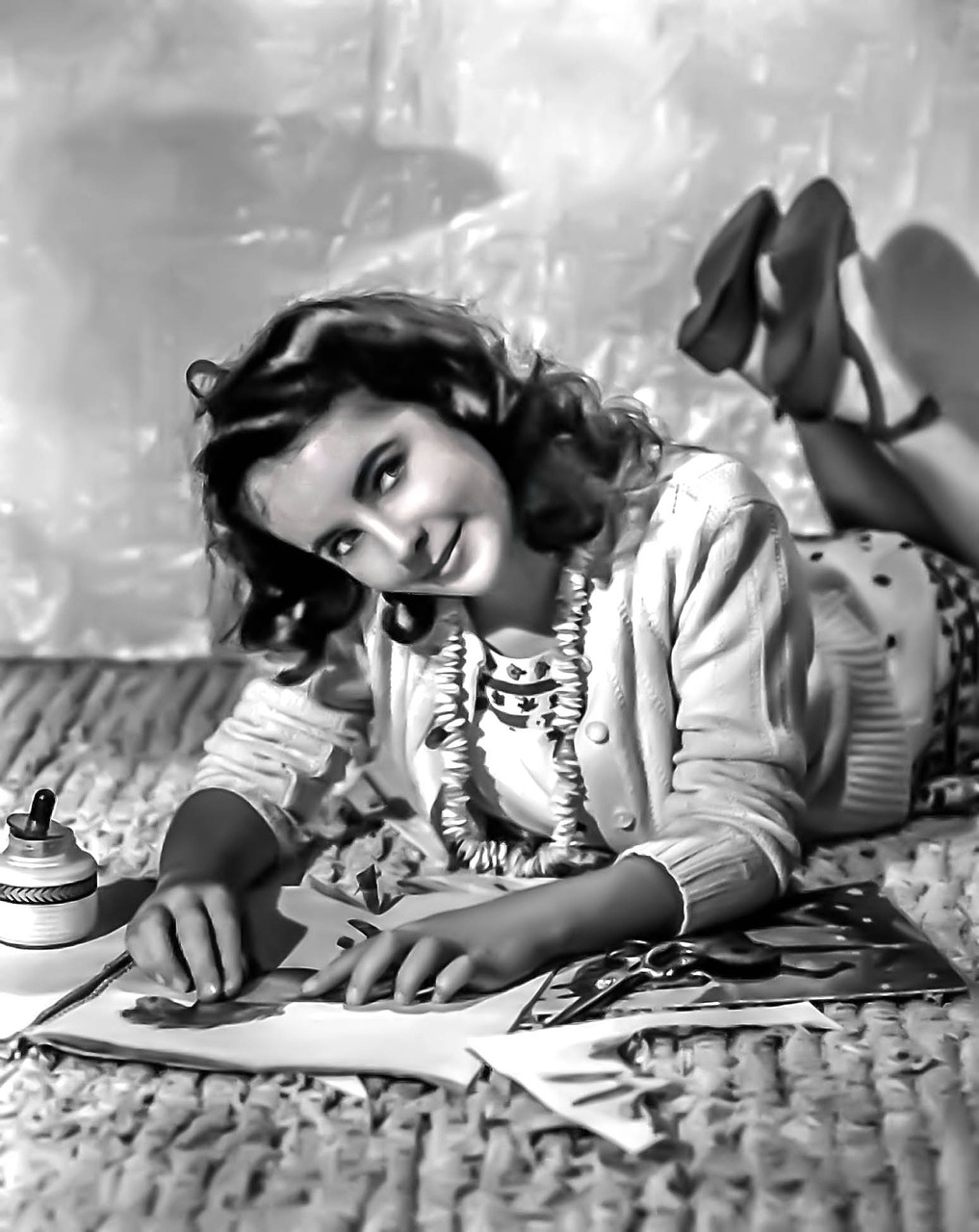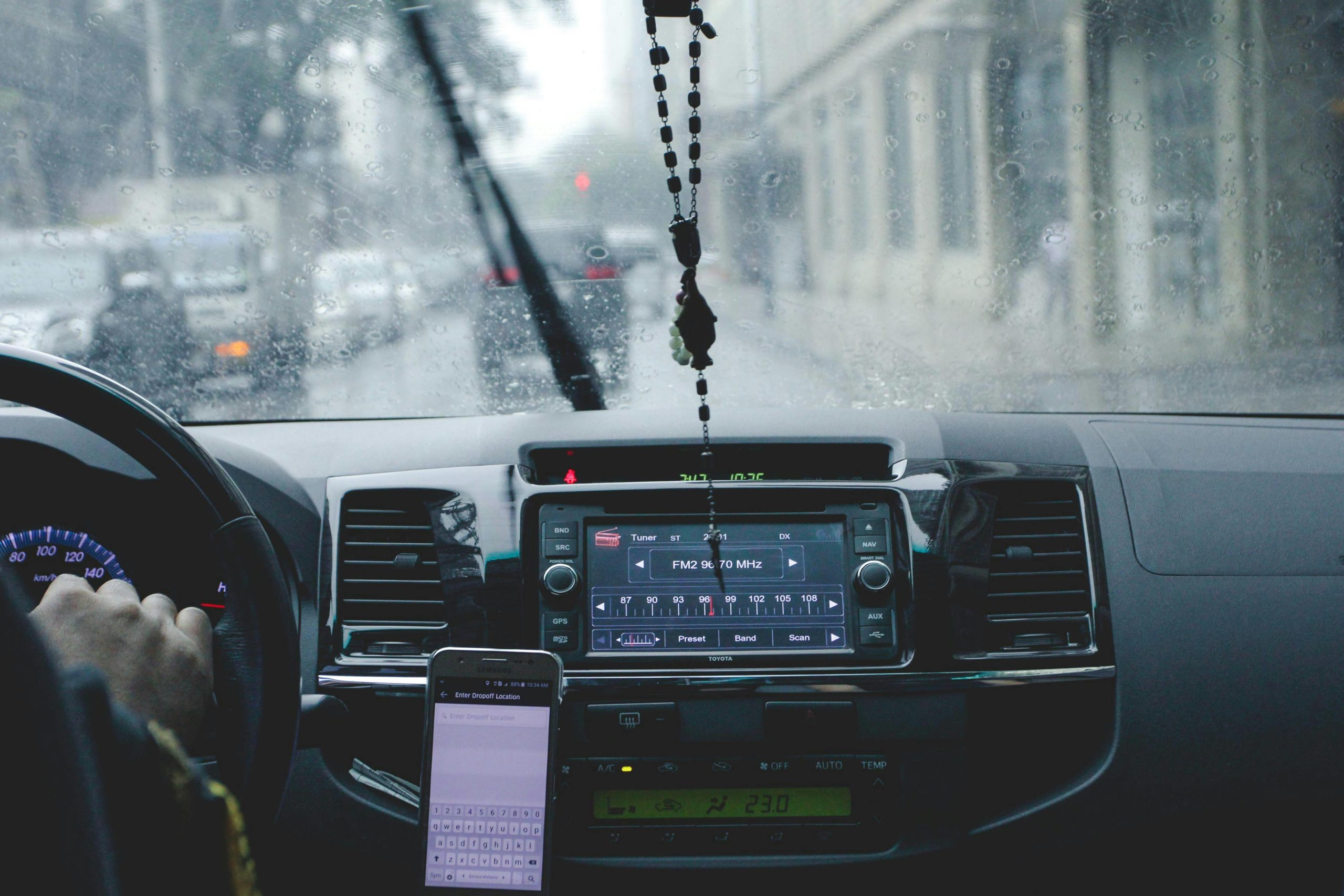Golf is the best recreational sport for radio personalities. I’ve used that line on a lot of talent through the years. I thought about this Sunday during the 89th Masters Tournament when I listened to the final five holes on the radio. Based on that listening experience, there are three tips I’ll offer to help you paint better pictures for your audio audience.
Is it good for personalities because of social reasons and team building? No. All 18 holes represent the daily pattern of the performing Host, Announcer, DJ, and Presenter. When you tee off as a golfer, you do it with the expectation of achieving a birdie. That’s good.
When you double-bogey that hole, not good, you step up to the next tee box, recalibrate, and approach the ball as if you’re going to birdie this hole. We need the same attitude in the studio. The break you thought was going to be solid, great, or awesome falls flat or doesn’t resonate to your expectations. So you prep, plan, communicate with the team or with yourself, and you cue the mic with the feeling of this next break being aircheck-portfolio quality.
I had Masters FOMO Sunday afternoon while running an errand. How did I forget about this tournament? It’s Sunday in April! SiriusXM saved the day when I listened to the final five holes on the radio. The power of the spoken word and painting pictures for an audio audience.
Radio Green-Side
“There were some groans from the gallery. He (Justin Rose) hasn’t looked up to see what the situation is. He’s just concentrating on this five-and-a-half-footer for his par. He knows he has to take care of his own business before he can worry about anyone else’s,” as narrated by the onsite soft tones of SiriusXM’s on-course commentator, John Maginnes.
“Now, back by the other side of the hole, and this is an interesting putt because the hole is leaning one way but his feet are leaning the other way so there’s a ridge coming off the left hand bunker and it’s going to make this ball feel like it’s above his feet and it should turn from right to left. But then the hole is leaning from left to right. And it’s very quick. This green feels, because it’s so exposed, that it’s even quicker than others,” said Maginnes, a former PGA Tour member turned broadcaster.
“Who would have thought yesterday, as Justin Rose was squandering the 36-hole lead, that he would find himself back in the lead at the 71st hole?” Maginnes was describing Justin Rose’s reaction after Rory McIlroy bogeyed the 14th hole to lose what had been his three-stroke lead just 20 minutes earlier in the final round of The Masters.
“He bends down one more time to adjust the line on the ball. He’s made his decisions. (Long pause). This is the moment. You can sense it. He can sense it,” Maginnes said as he walked us through this moment I recorded on my smartphone in the car. Then, Rose missed this dramatic putt. The tournament was suddenly in a three-way tie.
Audio Changes: None
Video content via television, on-demand, and social media has been part of every radio and audio announcer’s life. Life is visual. We don’t live in an era where the radio performer and actor used words differently because they knew the audience couldn’t see the scene. They could only imagine it.
Well, guess what? Audio hasn’t changed in 100 years. The audience imagines and evaluates based on the sound coming out of the speakers and devices. We’re in a revolutionary stage of audio thanks to the more than 4 million podcasts available. Here’s the source for the podcast stats.
Some Non-AI-Generated Tips
How do we paint pictures for the audience if we’re standing on the 17th hole at Augusta National Golf Course?
Observe It:
What do you see that others can’t see? More importantly, what do you see that they don’t see? Everything John Maginnes described at Augusta National was objects and movements I couldn’t see because I was driving on I-65 in Nashville. However, if I were standing 30 feet from Justin Rose, Mr. Maginnes would’ve described unfamiliar emotions to me because he is a former Tour golfer who understood the moment. He explained details of the green, the ball, the golfer, and his emotions.
Journal It:
Journal it: We all observe. How much material is left out because we failed to save the words, feelings, and scenes in a notebook or a smartphone app? Describing your weekend Walmart experience will have more descriptive words and emotions on Monday morning if you chronicle it before you leave the parking lot.
Sketch It:
Sketch it: See it first (Observe); Save the scene (Journal), but then what do you do with it? Plan the scene. Whether you’re using Donald Miller’s BrandScript method for a video production or trying to successfully fill a 15-second song intro with information and emotion about a $1,000 giveaway being described for the 77th time, sketch out what it feels like in your head and heart. John Maginnes knew his audience could experience the moment only through his description of the scene. I’m sure his mental preparation included walking us through the steps Justin Rose was experiencing. He wanted us to create the moment on our mental big screen TV.
The Playoff
I got home in time to watch the playoff between Justin Rose and Rory McIlroy on TV. It was a memorable ending. I respected the silence the TV announcers gave to the winning moment and McIlroy’s Grand Slam win. However, I wish I had gone back to the car to listen to the radio crew walk me through that moment and let me create the scene.

Ron Harrell
As the Founder and Principal Story Finder of Harrell Media Group, I offer Brand Consultation, Talent Coaching, and Fractional Management for radio and audio brands.
Contact me for a No Copy & Paste review.




